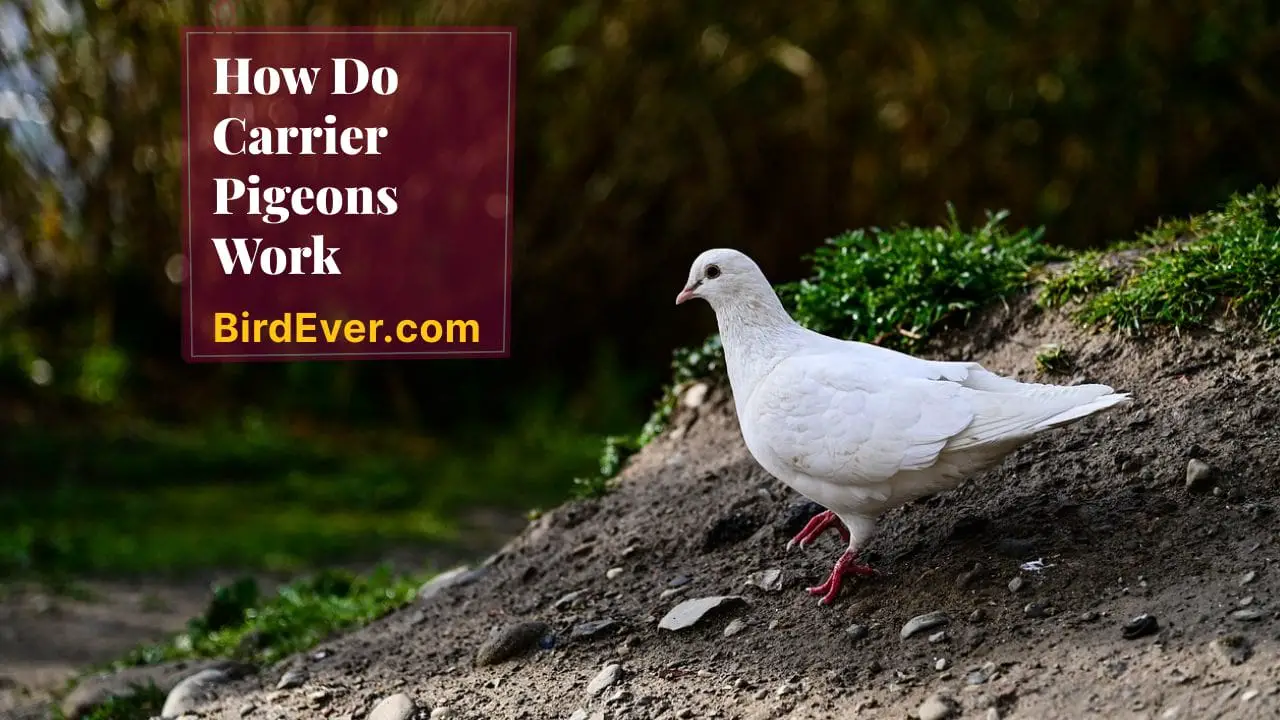How Do Carrier Pigeons Work? Exploring the Wonders
Carrier pigeons have a long and fascinating history of being messengers. Dating back thousands of years, these remarkable birds were used to deliver important messages across vast distances. But how do carrier pigeons work exactly?
In this blog post, we will explore the mechanics behind these feathered messengers and uncover the secrets of their navigation abilities.
From their incredible homing instincts to their remarkable memory and intelligence, carrier pigeons truly are nature’s original couriers.
So, if you’re curious about how these amazing birds navigate vast distances to deliver messages, keep reading to uncover the secrets of carrier pigeon communication.
The Fascinating World of Carrier Pigeons
The world of carrier pigeons is truly fascinating. Since ancient times, these remarkable birds have been used as messengers, showcasing their innate ability to navigate and find their way home over long distances.
During both World Wars, carrier pigeons played an instrumental role as a reliable communication method.
Their unwavering loyalty and honesty made them trusted allies in delivering messages, even in the face of adversity.
From the trenches of war to the bustling streets of London, carrier pigeons were the unsung heroes of communication, serving as a lifeline for soldiers and civilians alike.
The Germans recognized their significance during World War I and II and made attempts to disrupt pigeon service by training falcons and employing dishonest tactics.
Nonetheless, these attempts were largely unsuccessful in dampening the importance of war pigeons.
As technology advanced, carrier pigeons gradually gave way to more modern means of communication, marking the end of an era. Nevertheless, their legacy lives on, reminding us of the incredible bond between humans and animals and the untold stories of these remarkable creatures.
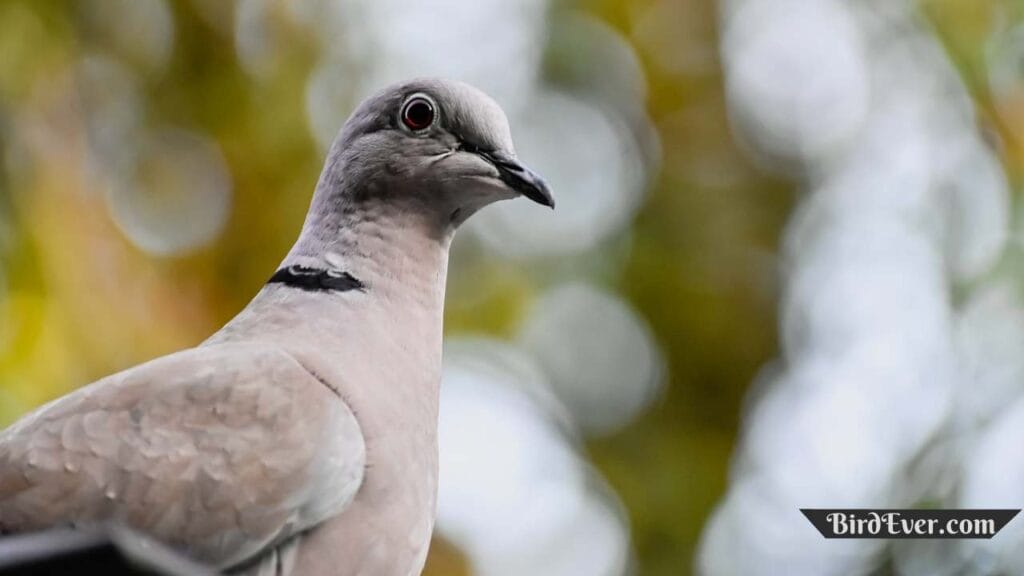
A Brief History of Carrier Pigeons
Carrier pigeons have played a significant role as messengers throughout history. As far back as ancient Greece, these birds were utilized for communication purposes, even being employed during the Olympic Games.
Nevertheless, their role as mail carriers truly came to prominence during the First World War when they proved invaluable in delivering crucial messages across enemy lines.
Various countries, including India and France, extensively used pigeon posts during wartime.
Despite their decline in usage with the advent of faster delivery systems like smartphones and the internet, the historical significance of carrier pigeons and the human element of hand-delivered messages remain intriguing.
Why Pigeons Became Important Mail Carriers?
Pigeons’ natural instincts and abilities made them ideal for message delivery, especially during times of war when other methods were compromised.
These rock pigeons could navigate through dangerous territories that humans or other animals couldn’t access. With their incredible speed and direct flight, they delivered messages quickly and reliably to their intended recipients.
Their service as carrier pigeons proved invaluable in situations where trust and honesty were crucial.
Even cities like London relied on these war pigeons to maintain secure communication channels.
Their importance as mail carriers can’t be overstated, particularly in times of conflict when integrity and efficiency were paramount.
The Unique Abilities of Pigeons
Pigeons, also known as rock pigeons, possess unique abilities that make them ideal for message delivery.
One of their remarkable skills is magnetoreception, which enables them to sense and navigate using Earth’s magnetic fields.
Combined with their strong homing instincts, pigeons can find their way back to their loft from unfamiliar locations.
They also have exceptional eyesight, allowing them to spot their loft from long distances.
Additionally, pigeons rely on their sharp sense of smell to detect and avoid potential dangers during their journey.
These innate abilities make pigeons highly competent messengers, especially over long distances.
With their impressive navigation skills and keen senses, pigeons have served as reliable messengers throughout history.
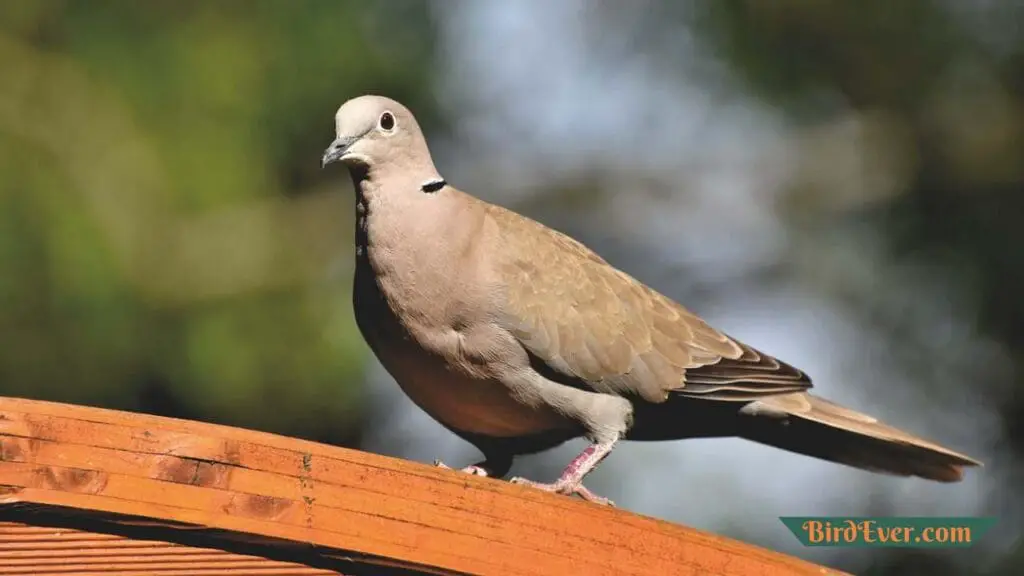
How Do Carrier Pigeons Navigate?
Carrier pigeons navigate by utilizing their innate compass, magnetoreception, and a strong sense of smell.
Further, they use their compass to orient themselves and determine the correct direction, rely on Earth’s magnetic fields for navigation, and detect small changes in these fields to stay on course.
In addition, their sharp sense of smell helps them recognize familiar scents and landmarks, allowing them to navigate accurately.
Utilizing the Innate Compass
Carrier pigeons possess an innate compass, a biological mechanism located in their brain, that allows them to determine their direction and maintain a consistent heading.
While the exact workings of this compass are still not fully understood, research suggests that it may involve the detection of light or magnetic fields.
Regardless of the specific mechanism, carrier pigeons rely on their innate compass to guide them on their homeward journey.
This natural navigation system, combined with their other remarkable abilities. Such as magnetoreception and a sharp sense of smell makes carrier pigeons incredibly efficient messengers, especially over long distances.
They are truly remarkable creatures!
The Role of Strong Magnetoreception Skills
Carrier pigeons possess exceptional magnetoreception skills that enable them to navigate using Earth’s magnetic fields.
This remarkable ability allows them to orient themselves and maintain a steady course, even over long distances.
Recent research suggests that pigeons may have specialized cells in their beaks that can detect magnetic fields.
By utilizing these cells, pigeons can sense even the slightest changes in magnetic fields and make necessary adjustments to their flight path.
This magnetoreception plays a crucial role in their successful navigation, making carrier pigeons reliable messengers throughout history.
Their strong magnetoreception skills make them adept at finding their way and delivering messages with honesty and precision.
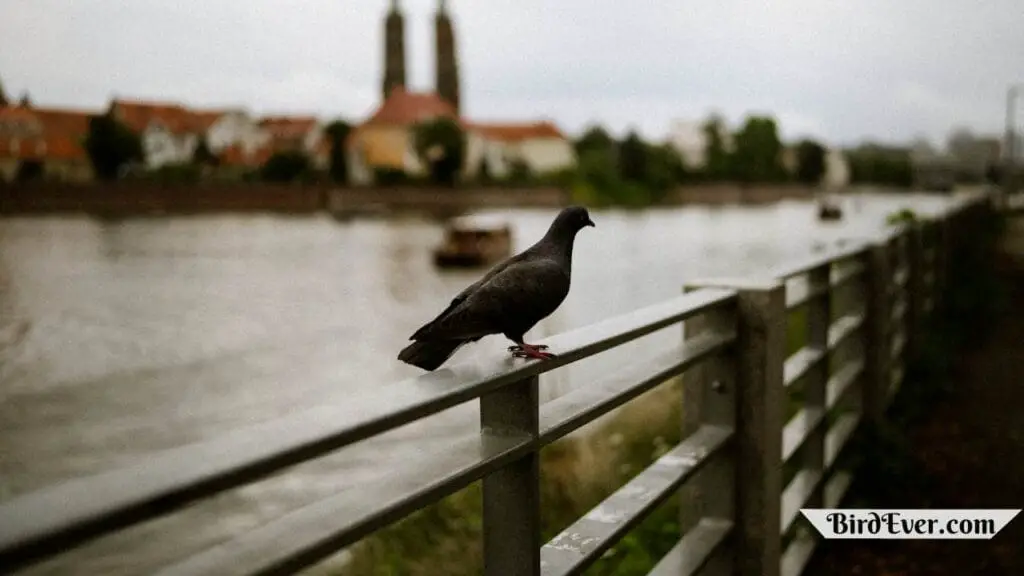
Sharp Sense of Smell in Navigation
Pigeons heavily rely on their keen olfactory abilities to navigate and recognize familiar scents.
Their sharp sense of smell enables them to detect scents from their loft, using them as a navigational guide to identify specific locations and find their way back home.
This remarkable ability also helps pigeons avoid obstacles and safely navigate through unfamiliar territories.
In the world of carrier pigeons, a sharp sense of smell is an essential component of their navigation skills.
By utilizing their olfactory senses, these rock pigeons can effectively carry out their pigeon service and deliver messages with utmost precision and accuracy.
Famous Uses of Pigeon Posts in History
During times of war, carrier pigeons were used to deliver crucial messages across enemy lines, making them invaluable in military operations.
These feathered messengers played a significant role in both World War I and World War II, saving countless lives and aiding in the coordination of military strategies.
They were also extensively utilized during the Franco-Prussian War and other historical conflicts.
Known for their ability to fly quickly and undetected, carrier pigeons were ideal for delivering messages in dangerous situations.
Their historical significance highlights the importance of pigeon posts in communication during critical periods.
Pigeon Post During Wars
During times of war, carrier pigeons emerged as a crucial element of communication.
These rock pigeons were extensively utilized due to their reliability and security. Specifically trained, they delivered important messages to specific destinations.
Their speed and exceptional ability to navigate through challenging terrains made them the perfect messengers for time-sensitive information.
When other communication methods were compromised or unavailable, pigeon posts provided a direct and efficient system.
These war pigeons demonstrated their immense value in military operations, aiding in coordination and saving countless lives.
Their service during wars showcased the significance and effectiveness of using carrier pigeons.
The Future of Pigeon Post
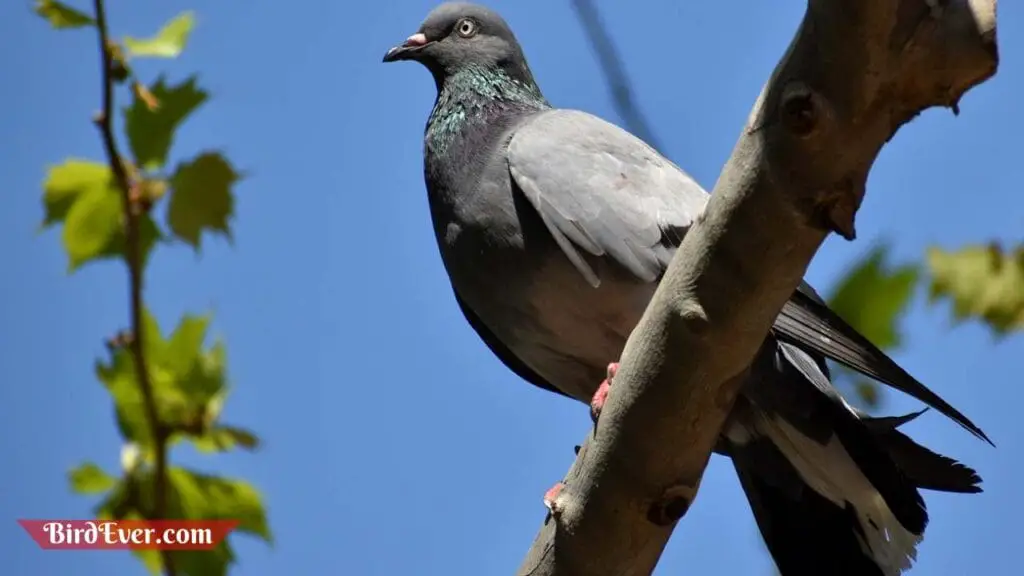
Pigeon post has a rich history that dates back to ancient Greece. Even in the modern world, carrier pigeons can still serve as reliable messengers.
These remarkable birds possess an innate ability to navigate and cover long distances, making them ideal for delivering important messages.
Their navigation skills are influenced by magnetic fields, an ability known as magnetoreception.
Considering their historical significance and unique capabilities, pigeon posts could emerge as a secure and dependable alternative for transmitting crucial information.
As we explore advancements in communication technology, it’s fascinating to consider the potential role that these rock pigeons could play in the future.
Also read: Bird That Looks Like A Human
How Do Carrier Pigeons Work? FAQs
Here are some questions regarding carrier pigeons that people frequently ask. If you want to enrich your bird knowledge then keep reading.
How do you identify a carrier pigeon?
Identifying a carrier pigeon is relatively straightforward. These birds possess certain distinct characteristics that make them easily recognizable. carrier pigeons are medium-sized birds with a sturdy build and strong wings.
They typically have a sleek, smooth plumage, which can be various colors including gray, white, or brown.
How many miles can a carrier pigeon fly in a day?
A carrier pigeon has the remarkable ability to cover long distances in a single day. On average, these birds can fly up to 500 miles in a day, although some exceptional individuals have been known to exceed this distance.
Their endurance and stamina make them well-suited for delivering important messages over vast territories.
How were carrier pigeons trained to go from A to B?
Carrier pigeons were trained to go from point A to point B through a process called homing instinct.
This instinct is an inherent ability in pigeons that allows them to navigate their way back to their home or loft. To train carrier pigeons, they are first familiarized with their home location by being repeatedly released and allowed to fly freely back.
Gradually, the distance between the release point and home is increased. Through this gradual training process, the pigeons learn to associate their home with a safe and comfortable place and develop a strong sense of orientation.
Once trained, these remarkable birds can be released from a different location and still find their way back to their home. It is truly a marvel of nature’s navigation system.
Why were carrier pigeons used in the past?
In the past, carrier pigeons played a vital role in communication. They were used to deliver messages across long distances when other means of communication, such as telegraphs or phones, were not available or practical.
Carrier pigeons provided a reliable and secure method of transmitting important information, especially during times of war or in remote areas where traditional communication methods couldn’t reach.
How far can carrier pigeons travel and how fast do they fly?
Carrier pigeons have the remarkable ability to travel impressive distances. On average, they can fly at speeds of around 50 to 60 miles per hour, but in some cases, they have been known to reach speeds of up to 70 miles per hour.
When it comes to distance, carrier pigeons are capable of covering vast territories.
They can easily navigate their way back home from hundreds of miles away. Some exceptional pigeons have even completed journeys of over a thousand miles.
Their endurance and stamina make them ideal messengers for long-distance communication.
Is it possible to train my carrier pigeon?
Training your own carrier pigeon is indeed possible, but it requires time, patience, and expertise. These fascinating birds can be trained to return to a specific location or loft, making them ideal messengers.
Owning carrier pigeons can be a unique hobby or sport that allows you to stay connected in a technology-driven world.
Conclusion
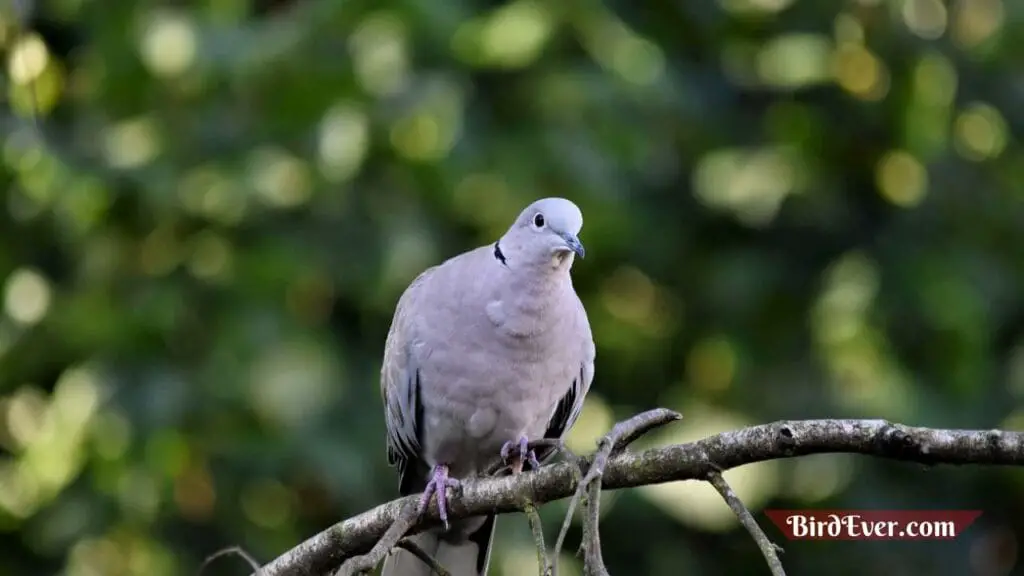
Carrier pigeons have a long and fascinating history as mail carriers. Their unique abilities, such as their innate compass and strong magnetoreception skills, make them ideal for message delivery.
Throughout history, carrier pigeons played significant roles in wars, serving as reliable communication tools.
Looking ahead, while technology has largely replaced carrier pigeons in modern times, there is still a niche for their use in certain situations.
As for training your own carrier pigeon, it is indeed possible with the right knowledge and resources.
However, it requires dedication, time, and expertise. Whether you’re captivated by their history or interested in training your own carrier pigeon, the world of carrier pigeons continues to intrigue and inspire.
